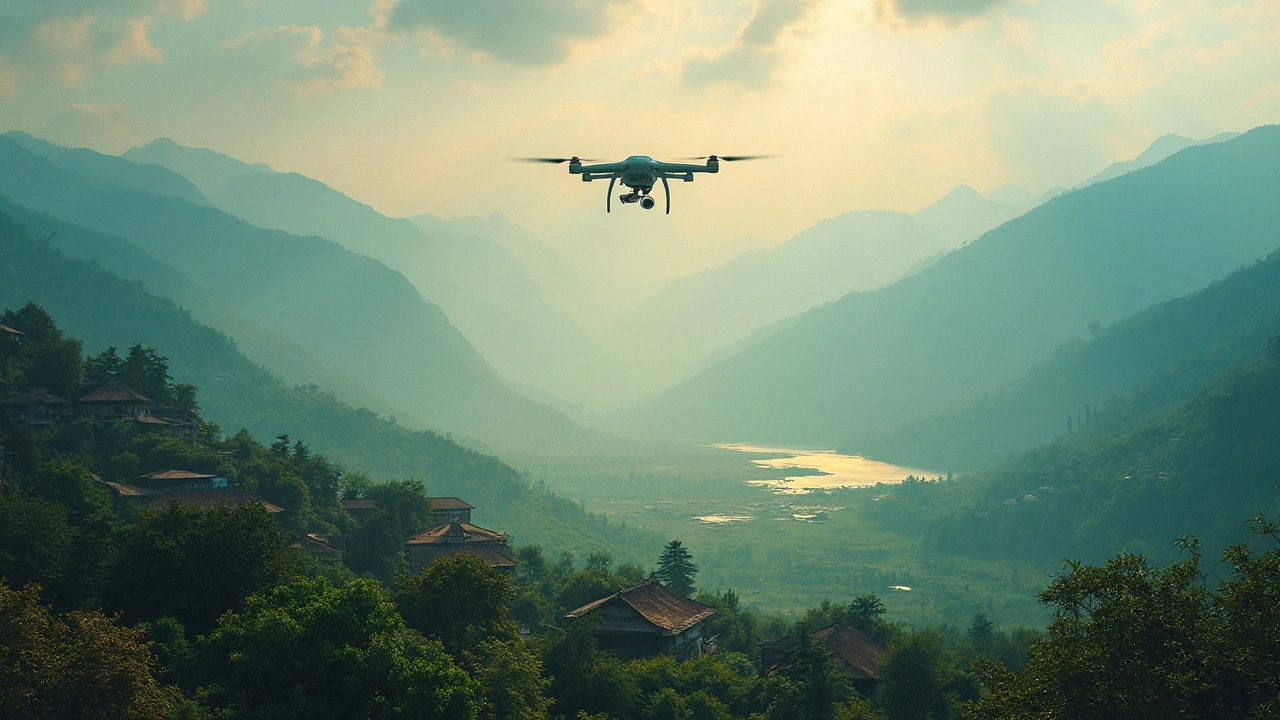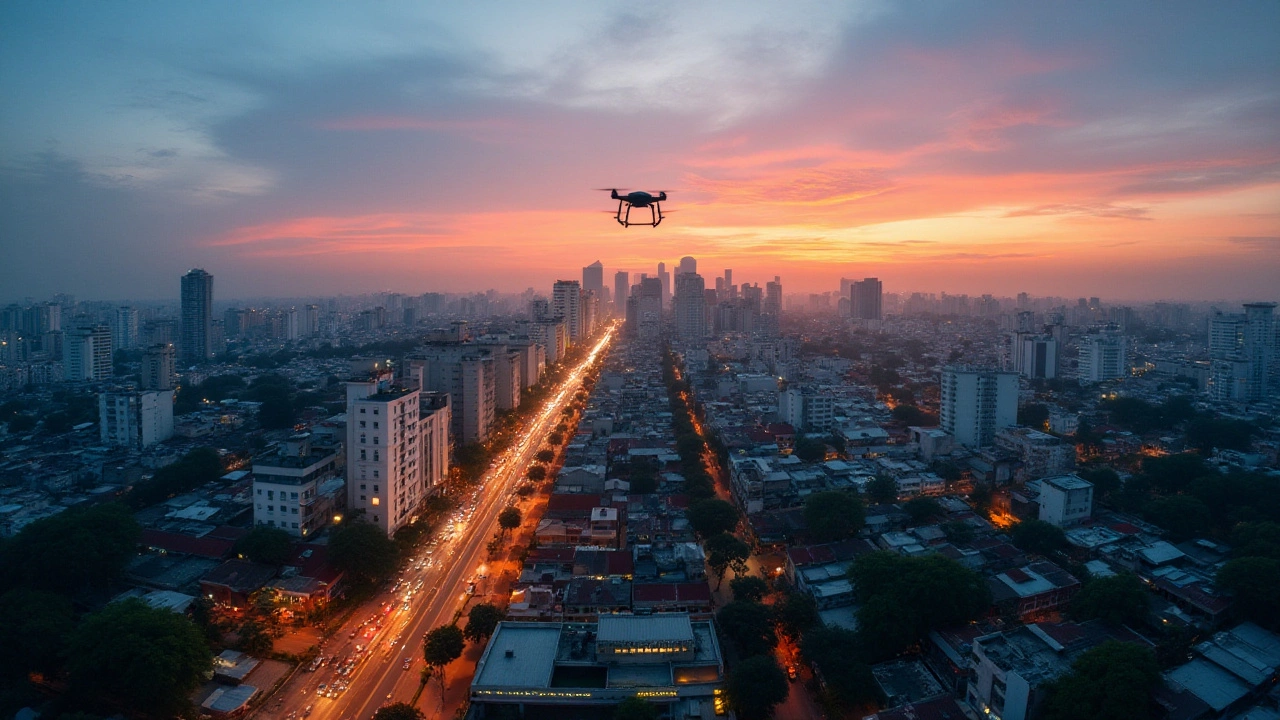Drone Regulations in 2025: What You Need to Know for USA & India
If you’re packing a drone for a trip, the first thing to check is the local rules. Flying without permission can cost you a fine, a confiscated device, or worse – a crash. Below you’ll get the essentials for the United States and India, plus quick steps to stay on the right side of the law.
USA Drone Rules
In the U.S., the Federal Aviation Administration (FAA) governs everything above the ground. The most common requirement is registration: if your drone weighs 0.55 lb (250 g) or more, you must register it online and display the registration number on the exterior. The cost is $5 for a three‑year term, and you’ll get a certificate to keep handy.
When you’re at the airport, remember the 5‑mile rule. You need to keep your drone at least five miles away from any runway unless you have special clearance. The FAA also enforces a 400‑foot altitude limit, unless you have a waiver. Flying in controlled airspace (Class B, C, D, or E) requires a Remote ID and, often, an authorization through the LAANC system.
Safety rules are easy to remember: keep the drone in sight, don’t fly over people not involved in the operation, and avoid flying at night unless your drone has proper lighting. If you’re traveling with a drone, pack it in a hard case, and be ready to present it to TSA agents. Drones are allowed in carry‑on bags, but you’ll need to turn them off during screening.
India Drone Rules
India’s Directorate General of Civil Aviation (DGCA) rolled out the Digital Sky Platform in 2021, and it’s still the hub for every drone owner. Like the FAA, registration is mandatory for all drones above 250 g. You’ll need an Unmanned Aircraft Operator Permit (UAOP) if your drone weighs more than 2 kg, and a No‑Permission‑No‑Take‑off (NPNT) certification is required for all commercial flights.
Each drone gets a unique digital ID that must be uploaded to the flight app before every outing. The app will tell you where you can fly based on the geo‑fencing data – no‑fly zones include airports, military installations, and certain urban areas. The maximum altitude is 400 ft AGL, matching the U.S., but the DGCA also caps the horizontal speed at 50 km/h for most hobbyist drones.
Importing a drone into India means you have to declare it at customs and pay the applicable duties. If you’re bringing a DJI Mini 2 or similar model, check the latest import rules – some versions require a separate type‑approval from the DGCA. Once cleared, you can operate the drone after completing the online training and passing the basic knowledge test.
Both countries stress the importance of respecting privacy. Avoid filming private property without consent, and always let people know you’re recording. If you’re hired for a shoot, get a written agreement that covers location releases and insurance.
Quick checklist for any trip:
- Register the drone (FAA or DGCA) and note the registration number.
- Download the official flight app (FAADroneZone, AirMap, or Digital Sky).
- Check for local no‑fly zones and altitude limits.
- Carry the registration proof and any required permits.
- Follow line‑of‑sight, altitude, and privacy rules.
By keeping these steps in mind, you’ll spend more time capturing stunning aerial shots and less time dealing with fines or confiscations. Happy flying!



